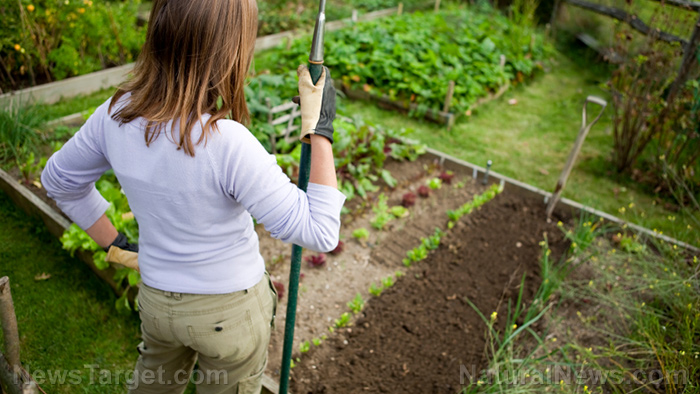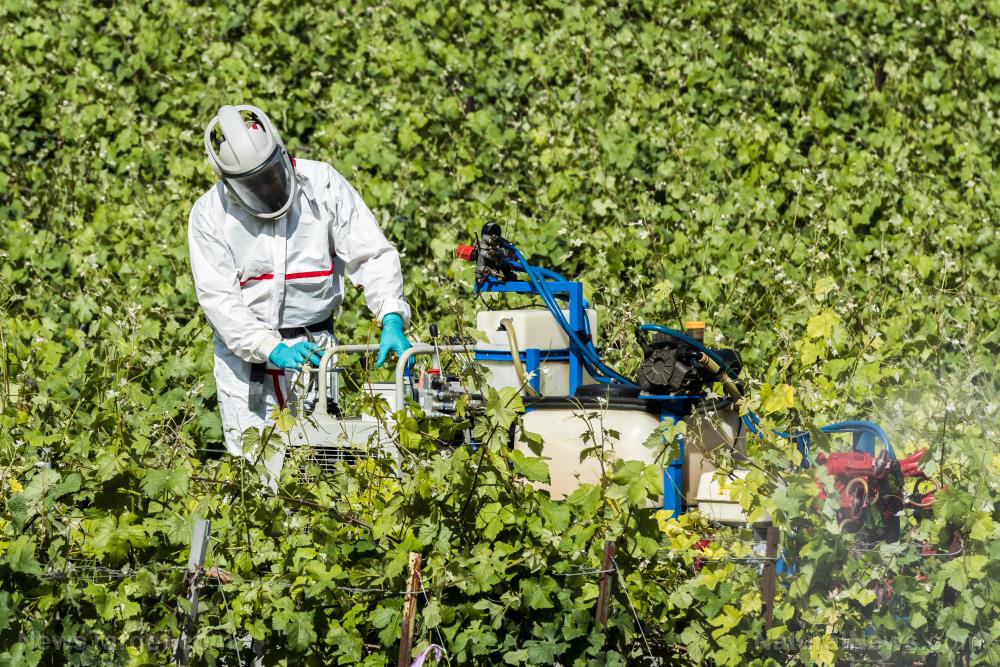
Advertisement
Gardening is a work-intensive practice, but one that is worth all the hard work and time you invest in it. After all, who is going to say no to a hobby that gives you a workout and yields the literal fruits (and vegetables) of your labor?
In uncertain times like the current public health crisis, there is a constant threat to life and livelihood. Learning how to start a home garden is a good way to live sustainably. (h/t to PreppersWill.com)
Start your journey to food independence with a survival garden
Preppers can help reduce the impact of rising food costs and scarcities by growing all or most of the food they consume.
Through intensive gardening, you can reduce your water and fertilizer usage. Compared to conventional gardening, intensive gardening uses only half to 1/16th the amount of water, 1/4th to 1/62nd the amount of fertilizer and 1/100th of the energy.
On the other hand, it yields at least 10 times as much as conventional gardening.
Challenges you may face with intensive gardening
Intensive gardening has some drawbacks, such as the work-intensive task of double-digging the beds. Uncompacted soil also drains rapidly, meaning the upper 1/2 inch to two inches of soil may dry out, especially if you use sandy soil.
Seedlings with shallow root systems may die from a lack of water.
After planting starts (juvenile plants) or sowing seeds, keep watch on the surface layer and water lightly. If it feels dry, put more organic content in the soil to increase its water-holding capacity and lessen the need for frequent watering.
Intensive gardening requires hard work
With intensive gardening, you will learn the systematic application of different techniques such as raised beds, loosening the topsoil and subsoil, planting in solid blocks, successional planting, use of starts and an integrated pest-management system.
Using some of these techniques can enhance your garden, but if you want to reap all the benefits, then use all of them.
For effective intensive gardening, use permanent raised beds that are at least 3-5 feet wide, 20-25 feet long and with soil raised 2-12 inches above the paths.
The soil in the beds must be loosened initially to a depth of 24 inches through double-digging, unlike the 4-8 inches when using conventional tilling methods.
Don’t walk on the beds and practice occasional spading to keep the soil loose and uncomplicated.
Ensure that you have friable soil in double-dug beds that will provide optimal conditions for root development, which is important for strong, rapidly growing plants. Friable soil, often called loam, has a crumbly texture that’s best for the underground activity that is the foundation of your success when gardening.
Growing plants in friable, uncompacted soil will allow your crops to form deeper root systems that can easily draw the water and nutrients stored in the subsoil. Access to the nutrients in the subsoil lets your plants grow closer, reduces the amount of watering necessary and helps your plants survive droughts.
Raised beds use garden space more efficiently than conventional planting rows separated by paths. For typical garden rows, only 32 percent of the land area is actually used by your crops. The remaining 68 percent is used to form paths.
With a raised bed, plants are sown in solid blocks. When these plants mature, they touch all their neighbors.
The paths in raised beds should be between solidly planted beds and not between each row of plants. Your plants will occupy at least 60 percent of your garden space.
Changing the spacing allows you to double your yield and reduces the water, fertilizer and compost needed.
Maintain your garden with hand labor
Double-dug beds are formed and maintained with hand labor. Setting up a double-dug bed requires some time and effort, but maintenance becomes easier since the soil remains uncompacted.
You need simple hand tools and several hours of physical labor to grow your food without any fuel. Convert your garden into double-dug beds to make it more self-sufficient and reduce fuel independence.
Use other techniques to maximize crop yield
Make the most of your garden soil by planting a new crop as soon as one is harvested. This technique is called successional planting.
Make a plan so you can grow two or three vegetable crops from the same plot in one-season. For best results, determine the combinations that work best in your area’s particular climate.
Use plant starts to increase yields in several ways. With starts, the germination period and initial growth have already taken place, meaning the plants require less time in the garden to mature unlike crops sown from seed.
Fertilizing your garden
Intensive gardening works the soil hard and you must first maintain or increase both fertility and soil structure. Use slow-acting organic fertilizers like blood or bone meal for intensive gardening instead of faster-acting chemical fertilizers that can harm your crops, the environment and your health.
Preppers with limited space in their homestead should try intensive gardening since it is a method that maximizes space and reduces the water and fertilizer you need as you grow fresh fruits and vegetables in your home garden.
Sources include:
Advertisement
Advertisements
















